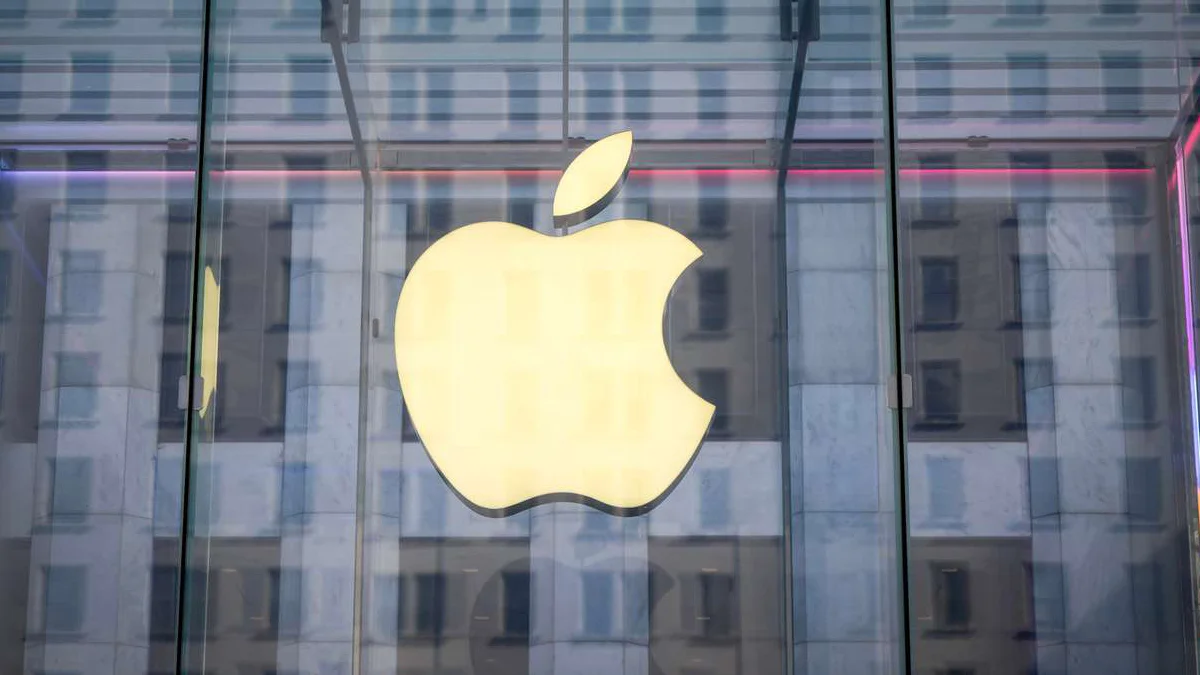Necessary Always Active
Necessary cookies are required to enable the basic features of this site, such as providing secure log-in or adjusting your consent preferences. These cookies do not store any personally identifiable data.
|
||||||
|
||||||
|
||||||
|

Apple stocks surged 1% on April 9 after the 104% US tariff on Chinese imports took effect, Yahoo Finance reported. Apple stock rebound comes a day after tech stocks dipped on April 8. The Nasdaq dipped by more than 2%, losing the previous 4.6% gain. Tesla and Apple had lost 5%.
Apple stocks took a hit soon after President Donald Trump announced the initial 54% tariff. Wall Street analysts monitored the company to see how its stocks would respond. On Tuesday April 8, Apple AAPL stocks won briefly as they experienced a short rebound in the morning hours.
This changed in the afternoon after the tariff announcement triggered a wider market sell-off. The stocks closed 4.98% down on Tuesday. During his April 2 Liberation day address, Trump announced that the US would impose a 34% tariff on Chinese imports, in addition to the current 20% tax. This announcement brought the total tariffs to 54%.
The new Trump tariffs caused carnage in the global stock market, pushing stocks in the US down as they rippled through early morning trading. China did not hesitate to retaliate. The Asian economic giant imposed a 34% tariff on all imports from the US beginning April 10.
This move saw President Trump take to Truth Social where he committed to announce another 50% tariff on China if the country failed to withdraw the 34% retaliatory tax by Tuesday April 8.
Apple manufactures most of its iPhones in China. Willian Power, an analyst at Baird Equity Research has already projected that Trump’s policy for Apple could affect the big tech’s gross margins. Power projects that Apple’s gross margins could drop to 44.4% from 46.8% this year due to the Trump tariffs.
He says the drop would hit the 41.6% mark in 2026 due to the impact of the additional duty.
The iPhone maker has been working to shift production to India. But even as it implements these plans, the US has slapped India with a 26% tariff on all imports. While the shift could reduce production costs for Apple, the tariff would still eat into its gross margins.
It remains unclear how Apple pricing under these tariffs will shift and how the tech giant will deal with the rising production costs. During President Trump’s first term, Apple had managed to get a tariff exemption. However, there are no guarantees that the iPhone manufacturer will succeed in getting one this time round.
The Trump administration appears keen on getting big techs to shift production to the US. Speaking during a press briefing on April 8, Karoline Leavitt, the White House Press Secretary said President Trump “believes we have the labor, we have the workforce, we have the resources” to manufacture iPhones in the US.
However, analysts argue that the cost of doing this would be extremely high. Dan Ives, an analyst at Wedbush said such a shift would take years to achieve. It would also push iPhone prices up.
“The reality is it would take 3 years and $30 billion in our estimation to move even 10% of Apple’s supply chain from Asia to the US with major disruptions in the process. If consumers want a $3,500 iPhone, we should make them in New Jersey or Texas or another state. The concept of making iPhones in the US is a non-starter in our view at $1,000. Price points would move up so dramatically, it’s hard to comprehend. And the near-term margin impact on Apple’s gross margins during this tariff war could be mind boggling for this US tech stalwart,” Ives wrote an investor note.